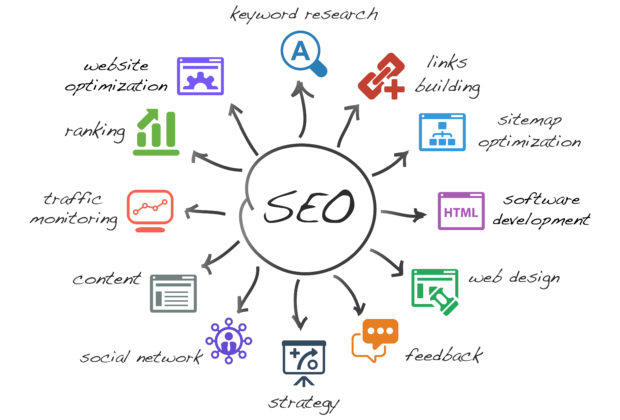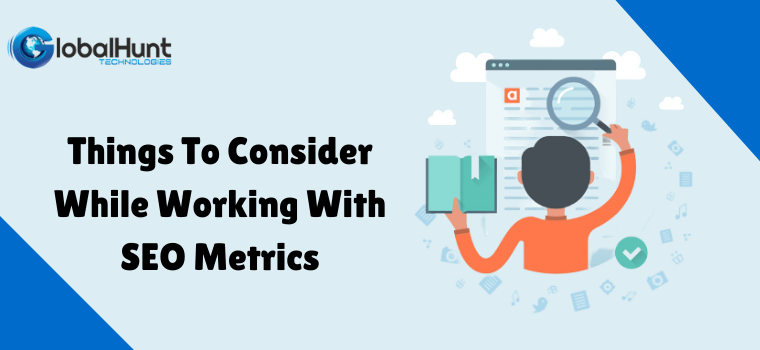
With the demand for ecommerce increasing exponentially, establishing your website's search engine presence should be a top priority. According to statistics, 75% of all search traffic is directed to the first page on Google results. It is difficult to compete with huge sites. They have domain authority, reputation, and content that fuels high rankings. SEO investments can help build authority and identify the best keywords to drive traffic and increase sales.
Keyword research
Search engine optimization can work for any type website. But it's especially crucial for ecommerce websites because the revenue generated by online sales is directly related to search volumes. Additionally, search engines are often used by people to find the products or services they require. This means that if your site ranks in the top 10 positions for a relevant search term, it will receive a steady stream customers.
Image optimization
Images optimization is an effective SEO strategy for ecommerce sites. This can help your ecommerce site succeed and stay ahead of the competition. Failing to optimize your images can cost you valuable opportunities for increased traffic and sales. The effort is well worth it. These strategies will optimize your images. Read on to discover more about this strategy. Here are some of these benefits of optimizing images in ecommerce sites.

Usability
An important factor in boosting an ecommerce site's search engine ranking is its usability. Visitors will quickly leave a website that is difficult to navigate or disorganized. Improved navigation on an eCommerce website will increase SEO and user-friendliness. Use simple navigation and clean URLs to make the site easier to find and navigate. Include product reviews to improve ecommerce SEO.
Site architecture
You need to use SEO strategies to increase your online sales. This article will focus on five key strategies to increase your online store's visibility in search engines results. First, ensure that your content is relevant and uses the keywords your target audience uses. Then, follow these techniques with conversion rate optimization. These strategies will make your website more visible on search engines and help you attract more customers.
Link building
Link building is an integral component of SEO strategies. Link building involves finding and cultivating prospective links. If you are searching for a link without Google, it is important to consider whether link A matches link B. A link that has link equity and can be linked to your ecommerce store is a "dofollow", meaning it can also be followed by search engine crawlers. Google considers linking to an ecommerce site without the rel="sponsored” link designation as paid advertising.

FAQ
How much does SEO cost?
SEO costs are dependent on the size of your company and industry. A few hundred dollars may suffice for smaller companies, while large companies will need thousands. You can use our SEO calculator to get an estimate of the cost.
What is Onpage SEO?
On-page SEO is the process of improving your website's ranking in search engines. Things such as site architecture, page titles, meta tags, and image alt text are all part of on-page SEO. Off-page SEO refers to activities outside your website that will improve its ranking. These include social media shares, press release, backlinks, and other activities that can improve your website's ranking.
What Are Some Common Mistakes That People Make While Using SEO
SEO is best done properly. It's important to understand that there are no shortcuts in SEO. To achieve success, you'll need to put in the work required to ensure that your website is optimized properly. A common mistake is to try to trick search engines with black hat methods. Black hat tactics can damage your rankings as well as help them.
Statistics
- Deleting those 10k pages is one of the main reasons that he improved his site's organic traffic by nearly 90%: (backlinko.com)
- And 90%+ of these backlinks cite a specific stat from my post: (backlinko.com)
- If two people in 10 clicks go to your site as a result, that is a 20% CTR. (semrush.com)
- : You might have read about the time that I used The Content Relaunch to boost my organic traffic by 260.7%: (backlinko.com)
- 93%of online experiences today begin on search engines. (marketinginsidergroup.com)
External Links
How To
How do you create your first blog site?
It's simple! WordPress is an excellent platform for creating a blog. It is easy to customize the appearance of a blog's appearance by changing the fonts and colors or customizing its layout. They can also create plugins that will automatically alter certain aspects of the website according to visitor activity.
You can download many templates free of charge from WordPress.org. Premium templates cost money. Premium templates offer additional features like extra pages and plugins as well as advanced security.
After you have downloaded the template, you will need to sign up to a free hosting account to upload your files to your blog and manage it. There are many hosts that offer free accounts. However, there may be restrictions on how much storage you can use, the number of domains you can host, or how many emails can you send.
If you wish to use more than one domain, you will need to purchase additional email addresses. This service may be charged by some hosts.
A blog hosted online is a great way to start blogging if it's your first time. Most hosts offer unlimited storage space, meaning your files won't be deleted even if you accidentally delete them.
Many hosts also let users host multiple domains, meaning you could have several different sites under the same hosting package. This allows you to sign up for only one email account and manage all your sites via one interface.
Some hosts include social media sharing icons on their dashboards. This allows visitors share posts easily across the internet.
Most hosting companies offer tools for managing your blog. You can view the performance stats of your website, see how many people visited each post, and compare your traffic with other blogs.
These tools can make it easier to manage your blog faster and easier, so make sure you check them out before you buy a web hosting plan.
To sum up:
-
You can choose a topic related to your business.
-
Create engaging content;
-
Optimize your site using SEO techniques;
-
Promote your site using social media channels;
-
Regularly review your statistics in order to make changes if needed.
-
Last but not least, make sure to keep your blog updated.
The bottom line is to create great content, promote it effectively and measure its success.